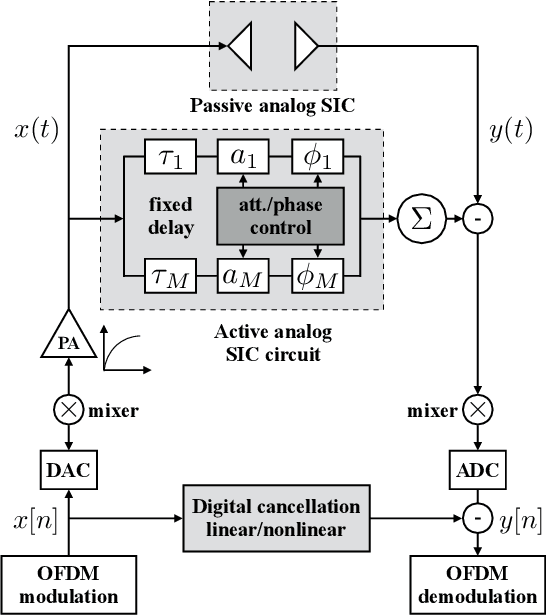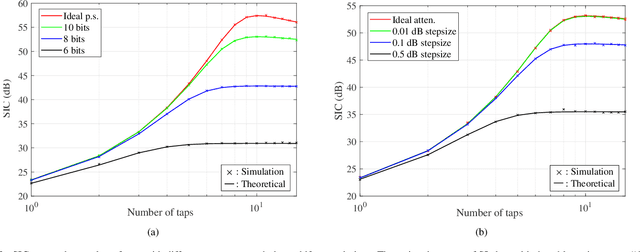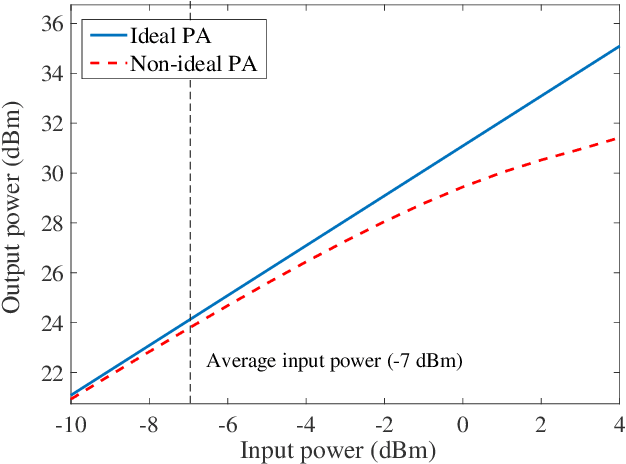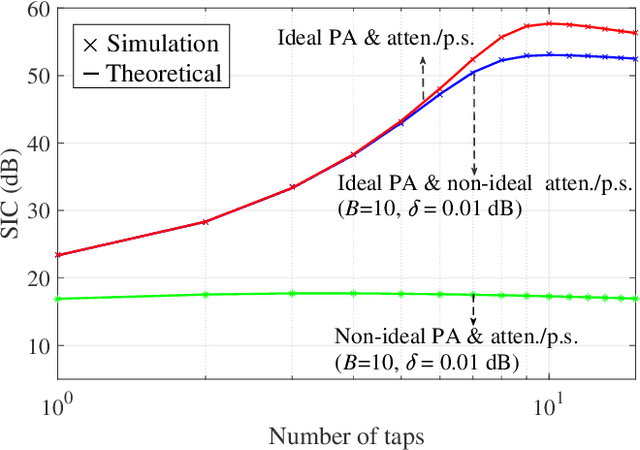Jaedon Park
Measurement-based Close-in Path Loss Modeling with Diffraction for Rural Long-distance Communications
May 02, 2023Abstract:In this letter, we investigate rural large-scale path loss models based on the measurements in a central area of South Korea (rural area) in spring. In particular, we develop new close-in (CI) path loss models incorporating a diffraction component. The transmitter used in the measurement system is located on a hill and utilizes omnidirectional antennas operating at 1400 and 2250 MHz frequencies. The receiver is also equipped with omnidirectional antennas and measures at positions totaling 3,858 (1,262 positions for LOS and 2,596 positions for NLOS) and 4,957 (1,427 positions for LOS and 3,530 positions for NLOS) for 1400 and 2250 MHz, respectively. This research demonstrates that the newly developed CI path loss models incorporating a diffraction component significantly reduce standard deviations (STD) and are independent of frequency, especially for LOS beyond the first meter of propagation, making them suitable for use with frequencies up to a millimeter-wave.
Analog Self-Interference Cancellation with Practical RF Components for Full-Duplex Radios
Jun 21, 2022



Abstract:One of the main obstacles in full-duplex radios is analog-to-digital converter (ADC) saturation on a receiver due to the strong self-interference (SI). To solve this issue, researchers have proposed two different types of analog self-interference cancellation (SIC) methods -- i) passive suppression and ii) regeneration-and-subtraction of SI. For the latter case, the tunable RF component, such as a multi-tap circuit, reproduces and subtracts the SI. The resolutions of such RF components constitute the key factor of the analog SIC. Indeed, they are directly related to how well the SI is imitated. Another major issue in analog SIC is the inaccurate estimation of the SI channel due to the nonlinear distortions, which mainly come from the power amplifier (PA). In this paper, we derive a closed-form expression for the SIC performance of the multi-tap circuit; we consider how the RF components must overcome such practical impairments as digitally-controlled attenuators, phase shifters, and PA. For a realistic performance analysis, we exploit the measured PA characteristics and carry out a 3D ray-tracing-based, system-level throughput analysis. Our results confirm that the non-idealities of the RF components significantly affect the analog SIC performance. We believe our study provides insight into the design of the practical full-duplex system.
An Energy-efficient Aerial Backhaul System with Reconfigurable Intelligent Surface
Apr 05, 2021



Abstract:In this paper, we propose a novel wireless architecture, mounted on a high-altitude aerial platform, which is enabled by reconfigurable intelligent surface (RIS). By installing RIS on the aerial platform, rich line-of-sight and full-area coverage can be achieved, thereby, overcoming the limitations of the conventional terrestrial RIS. We consider a scenario where a sudden increase in traffic in an urban area triggers authorities to rapidly deploy unmanned-aerial vehicle base stations (UAV- BSs) to serve the ground users. In this scenario, since the direct backhaul link from the ground source can be blocked due to several obstacles from the urban area, we propose reflecting the backhaul signal using aerial-RIS so that it successfully reaches the UAV-BSs. We jointly optimize the placement and array-partition strategies of aerial-RIS and the phases of RIS elements, which leads to an increase in energy-efficiency of every UAV-BS. We show that the complexity of our algorithm can be bounded by the quadratic order, thus implying high computational efficiency. We verify the performance of the proposed algorithm via extensive numerical evaluations and show that our method achieves an outstanding performance in terms of energy-efficiency compared to benchmark schemes.
 Add to Chrome
Add to Chrome Add to Firefox
Add to Firefox Add to Edge
Add to Edge